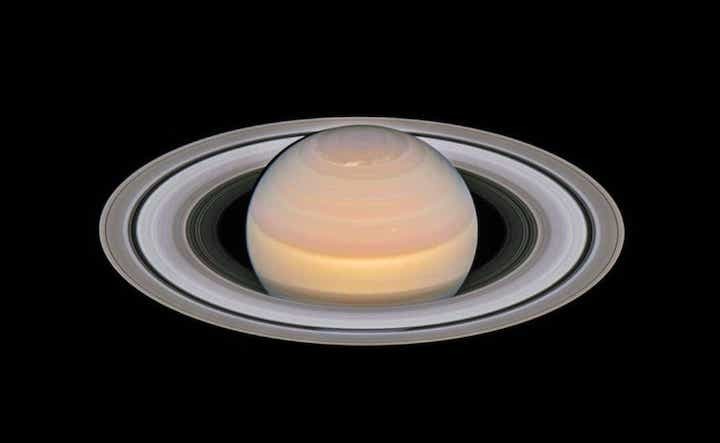10.07.2019

Saturn, its rings and its moons will be paying a "close" visit to Earth Tuesday night.
Saturn is at "opposition" that day, meaning the planet and the sun are on opposite sides of the Earth, according to NASA. That also means the ringed planet is as close to the Earth as it gets all year long.
You can recognize Saturn because it’s in your southeastern sky at dusk and nightfall, EarthSky said.
It will be visible with the naked eye all night long, rising in the East around sunset and slowly making its way across the sky before setting in the West around sunrise, according to AccuWeather.
You'll need a telescope to see the planet's famous rings. But “if you have never spotted Saturn's rings, now is your chance,” AccuWeather astronomy blogger Dave Samuhel said.
Some of Saturn's moons might also be visible with a telescope, NASA said. If you see its moons, Titan will be the brightest.
According to Inverse.com, this is also the best time to photograph Saturn.
As for the weather forecast, cloud-free skies are expected on Tuesday night across much of the interior West, southern Plains and Northeast, leading to uninterrupted viewing, AccuWeather said.
Rain and clouds will result in poor viewing conditions for residents along the West Coast, in the Midwest and across the Southeast.
However, don’t assume Saturn’s opposition is a one-night-only event, EarthSky said. The ringed planet will be in good view throughout July, August and September.
Quelle: USA Today
